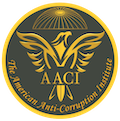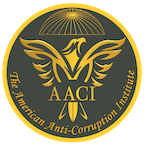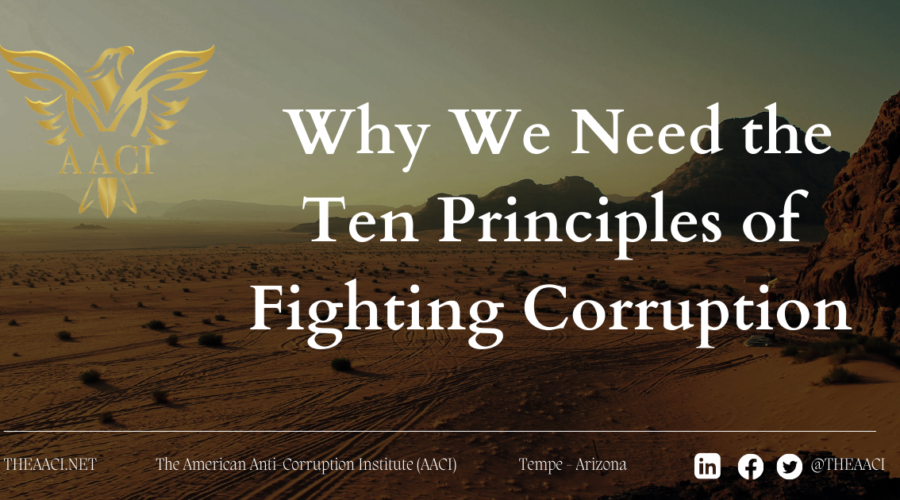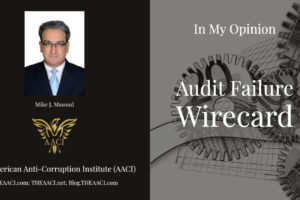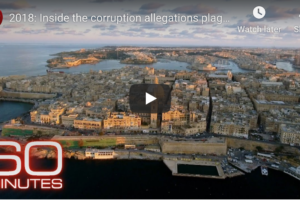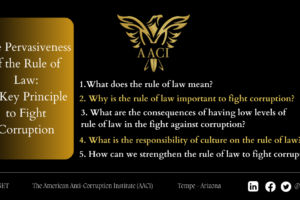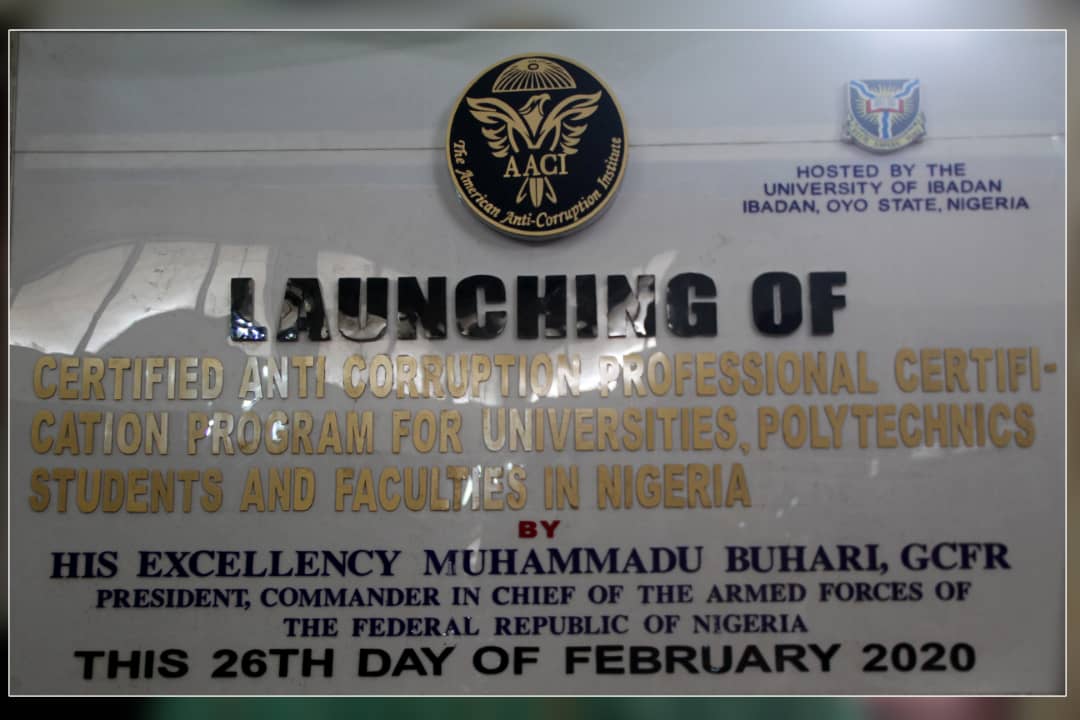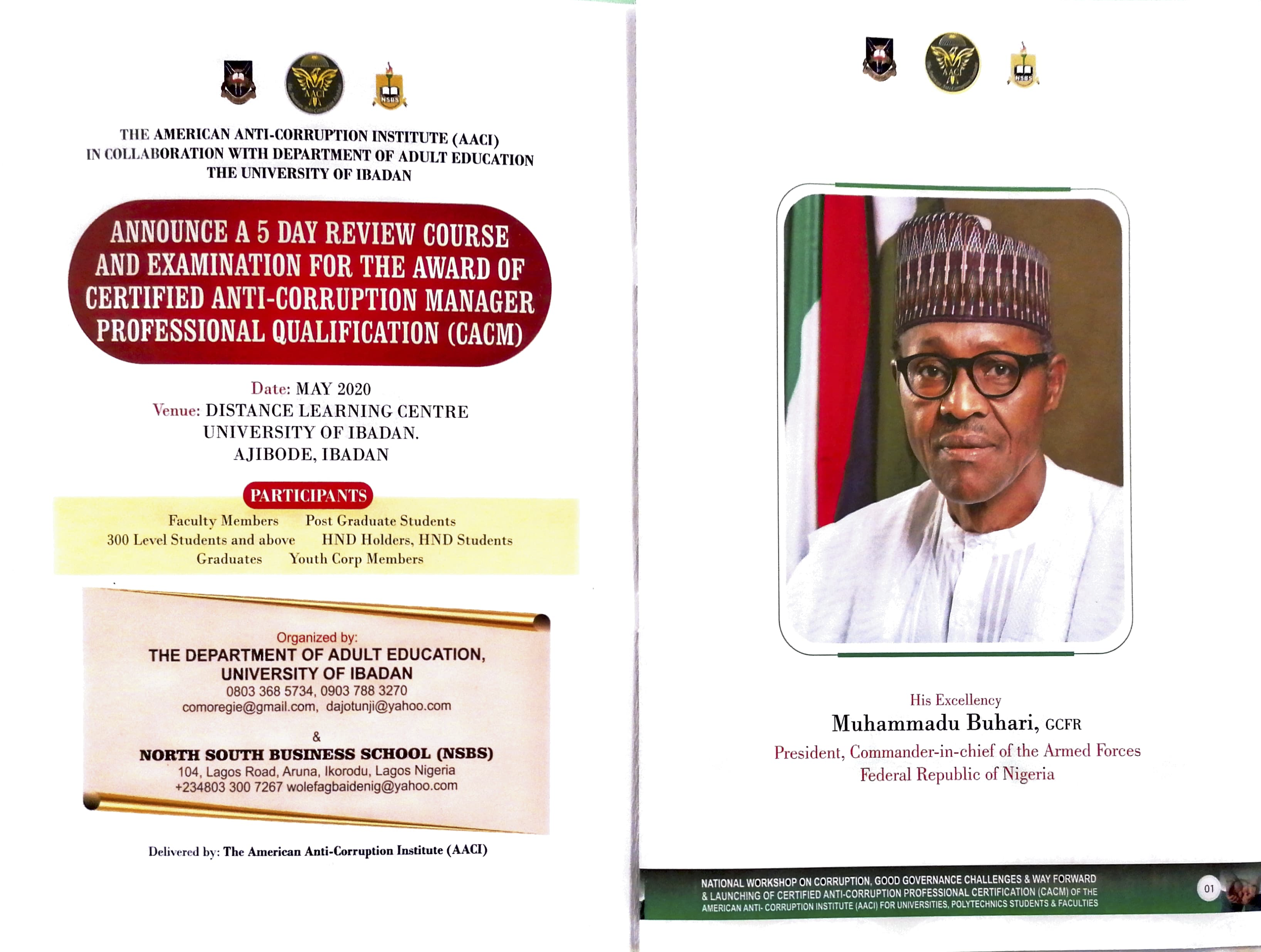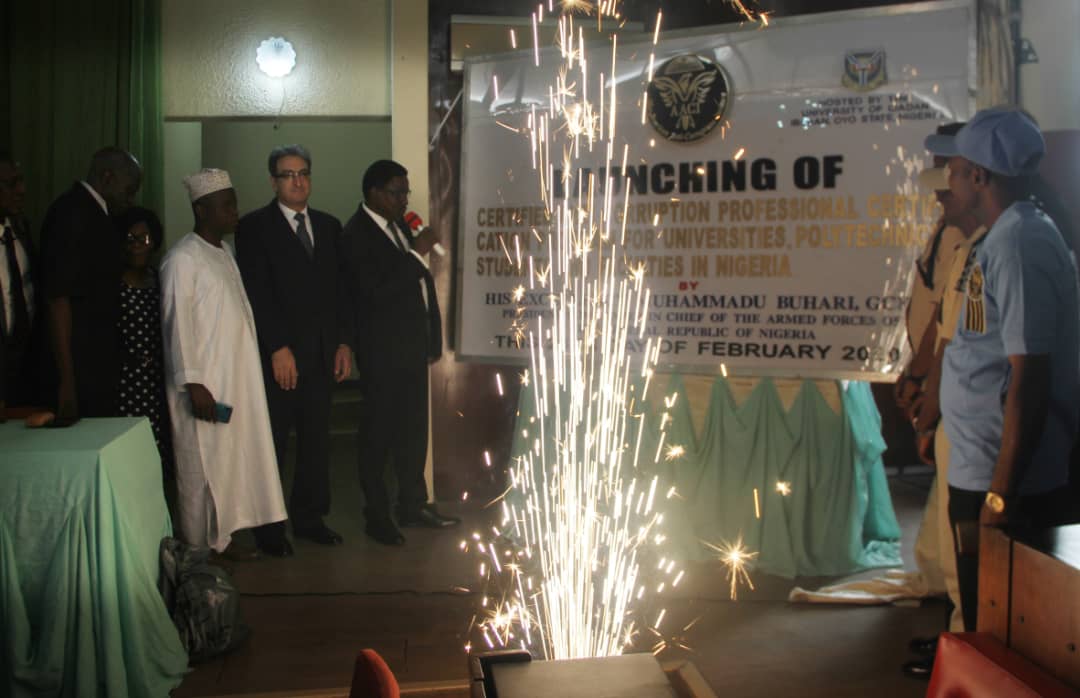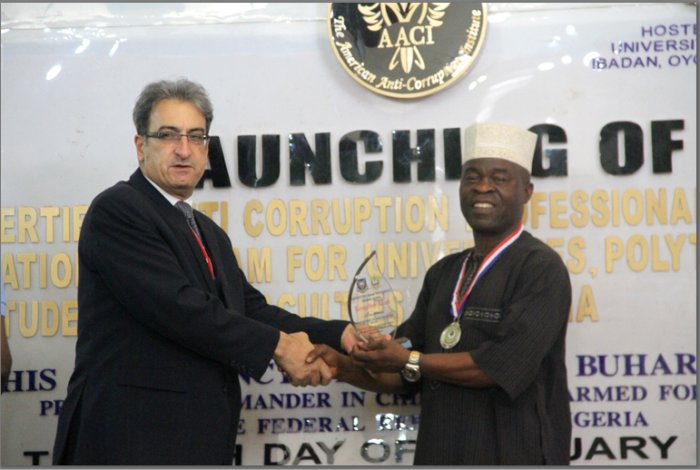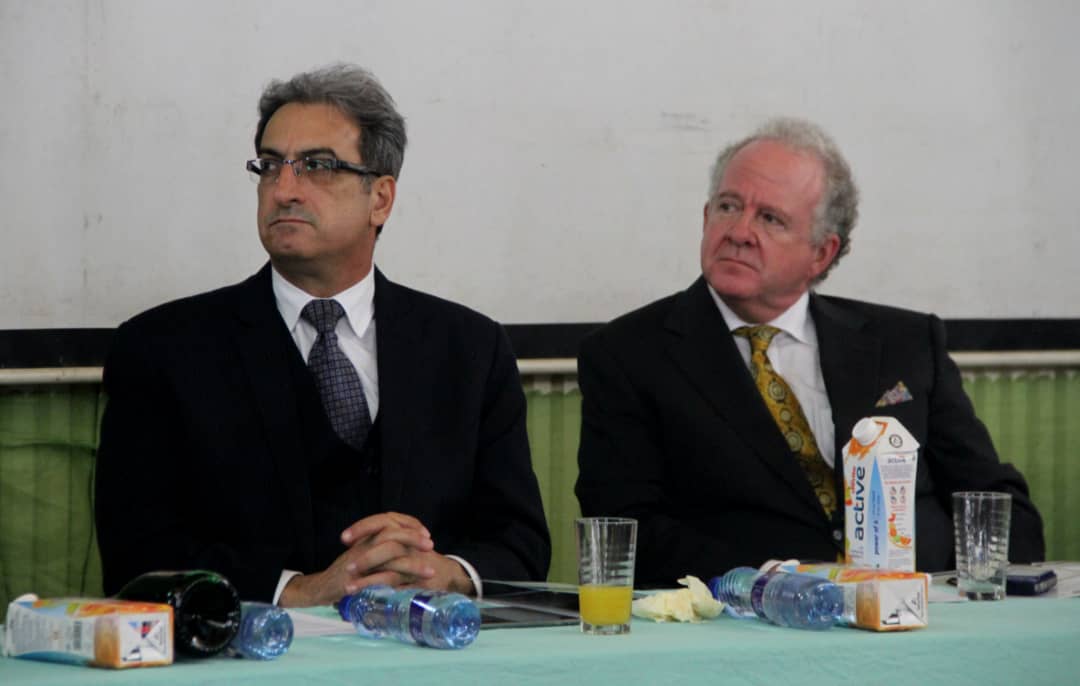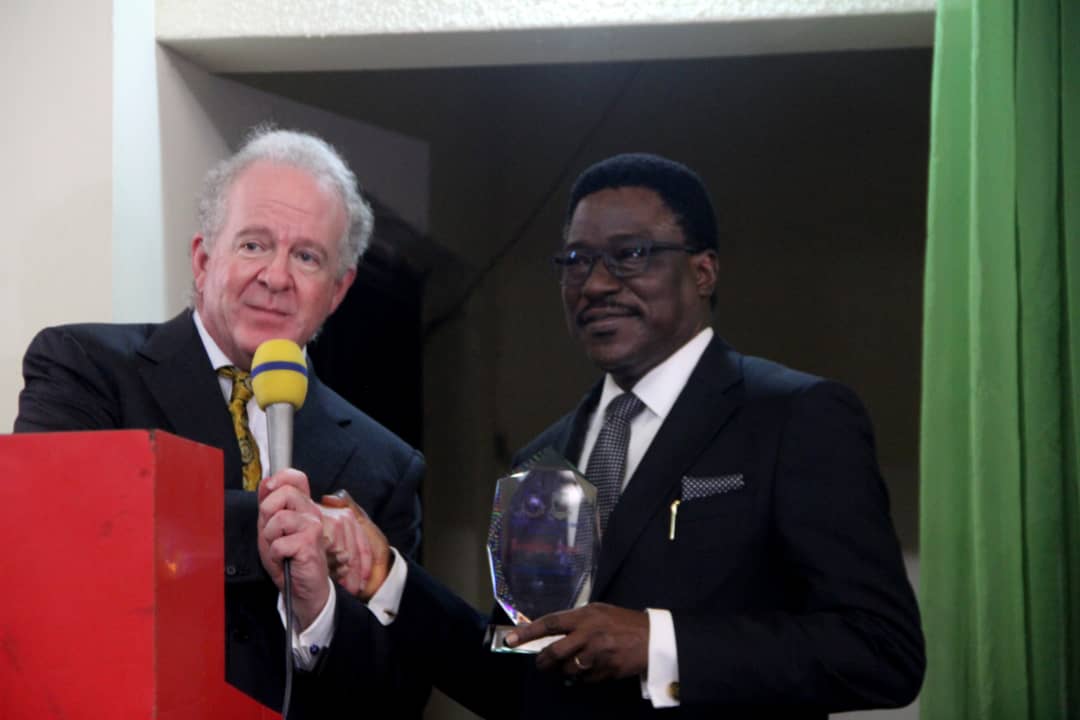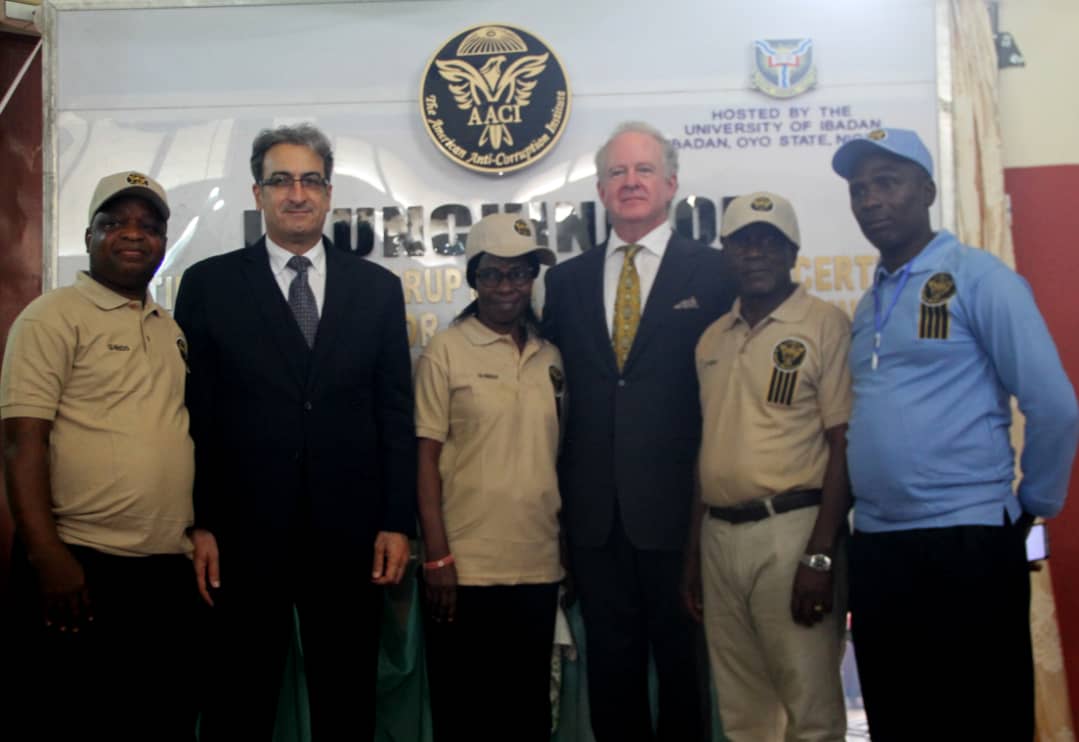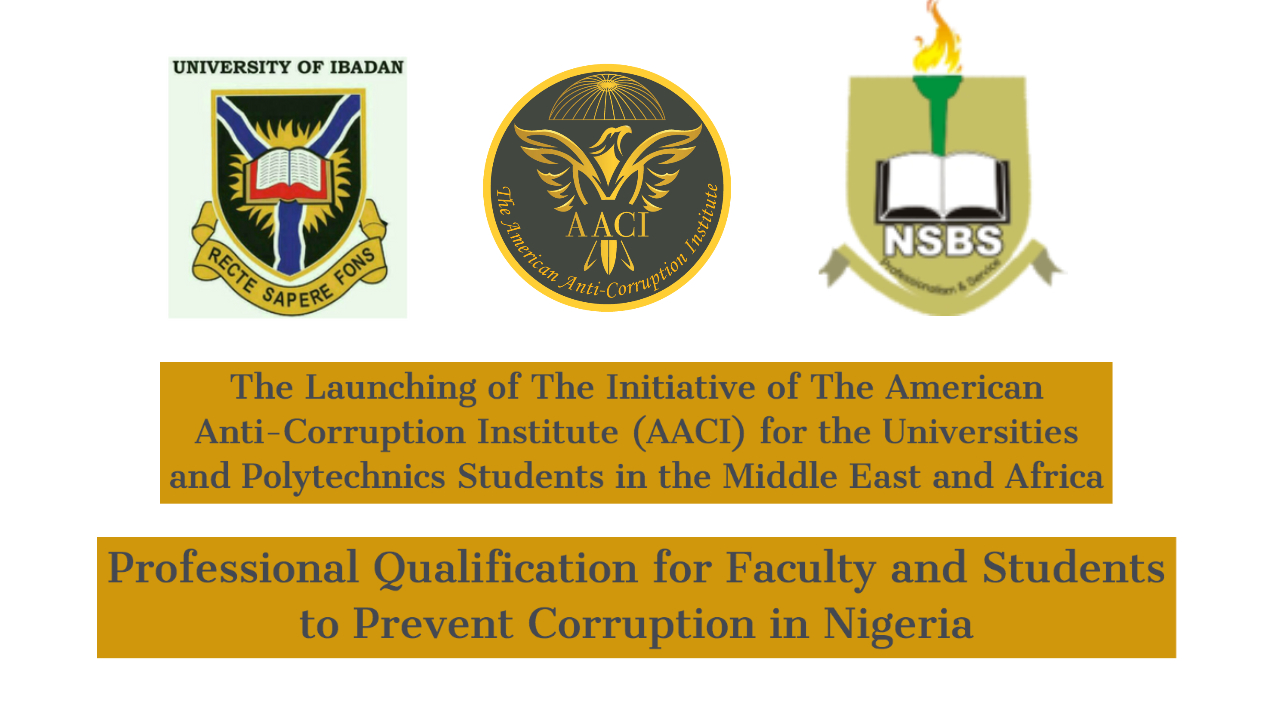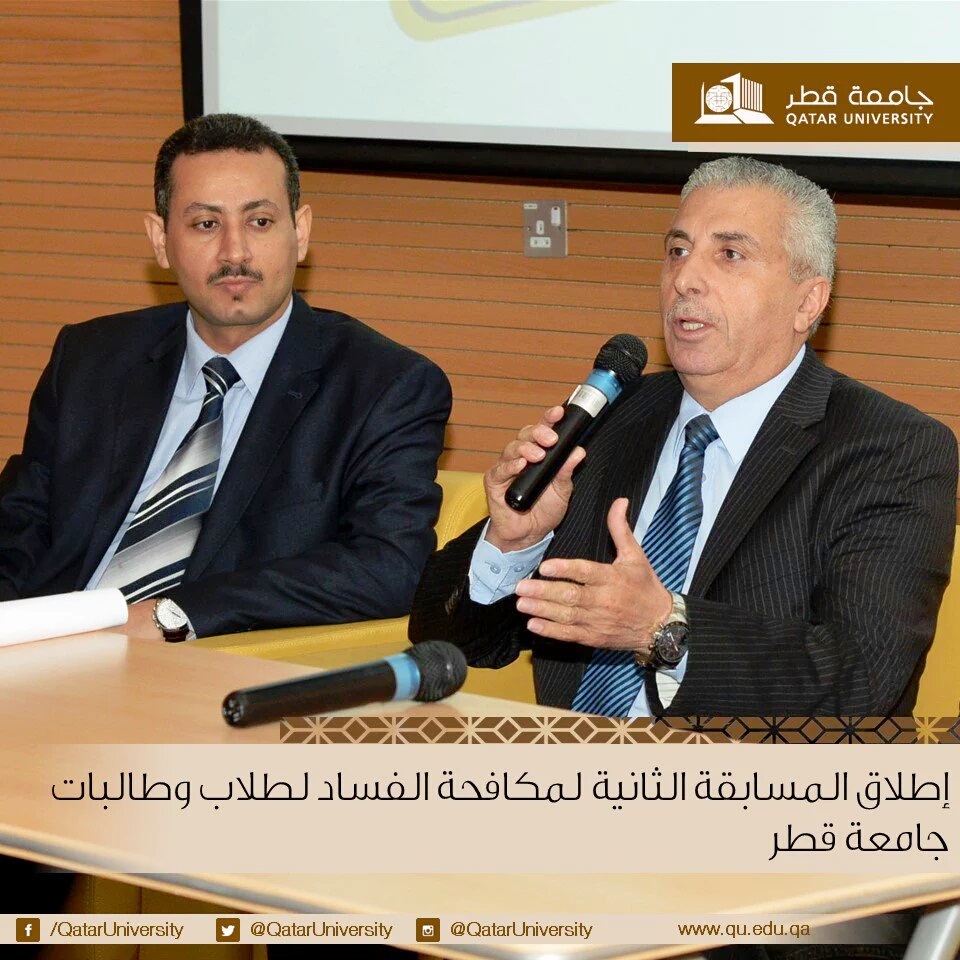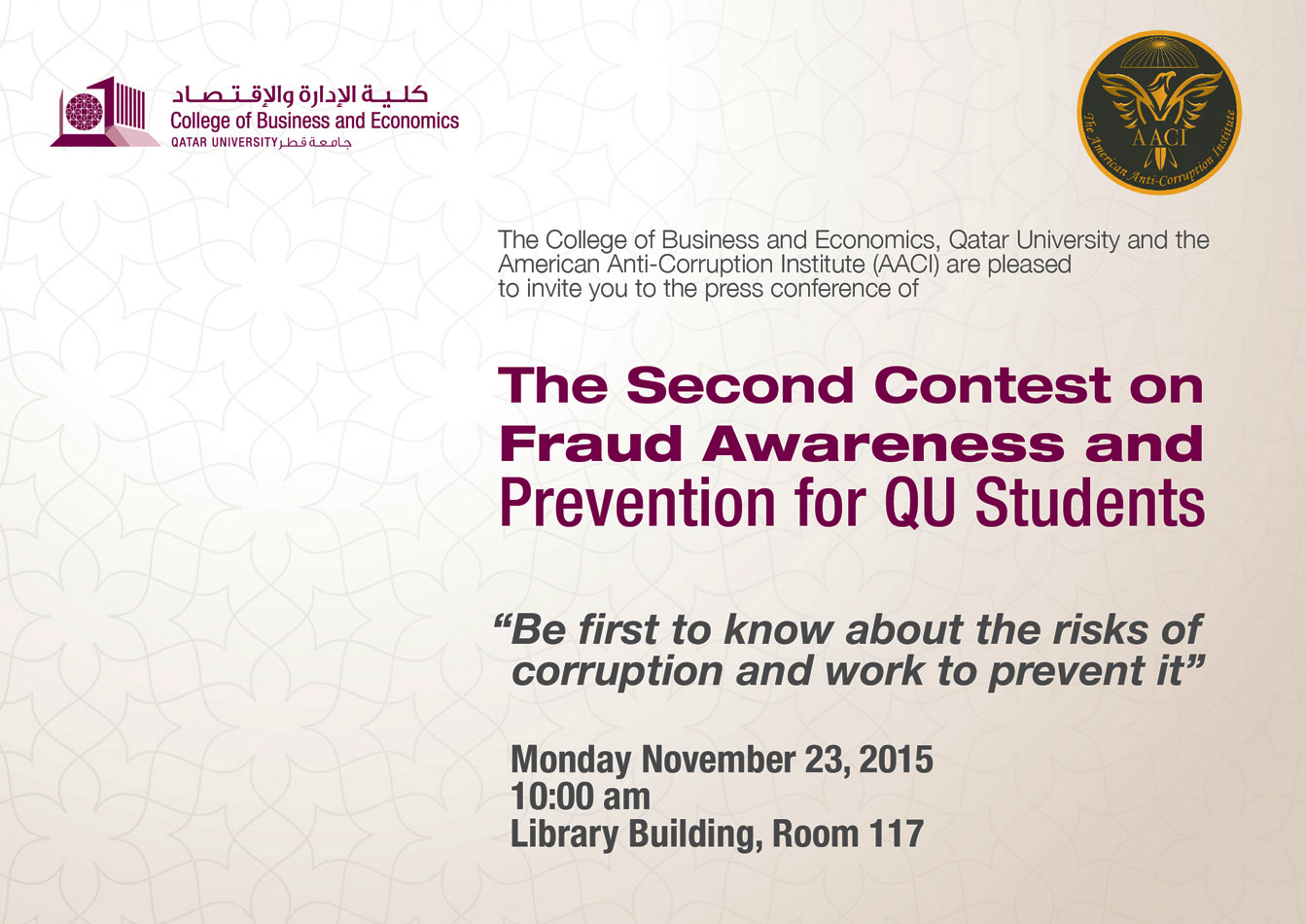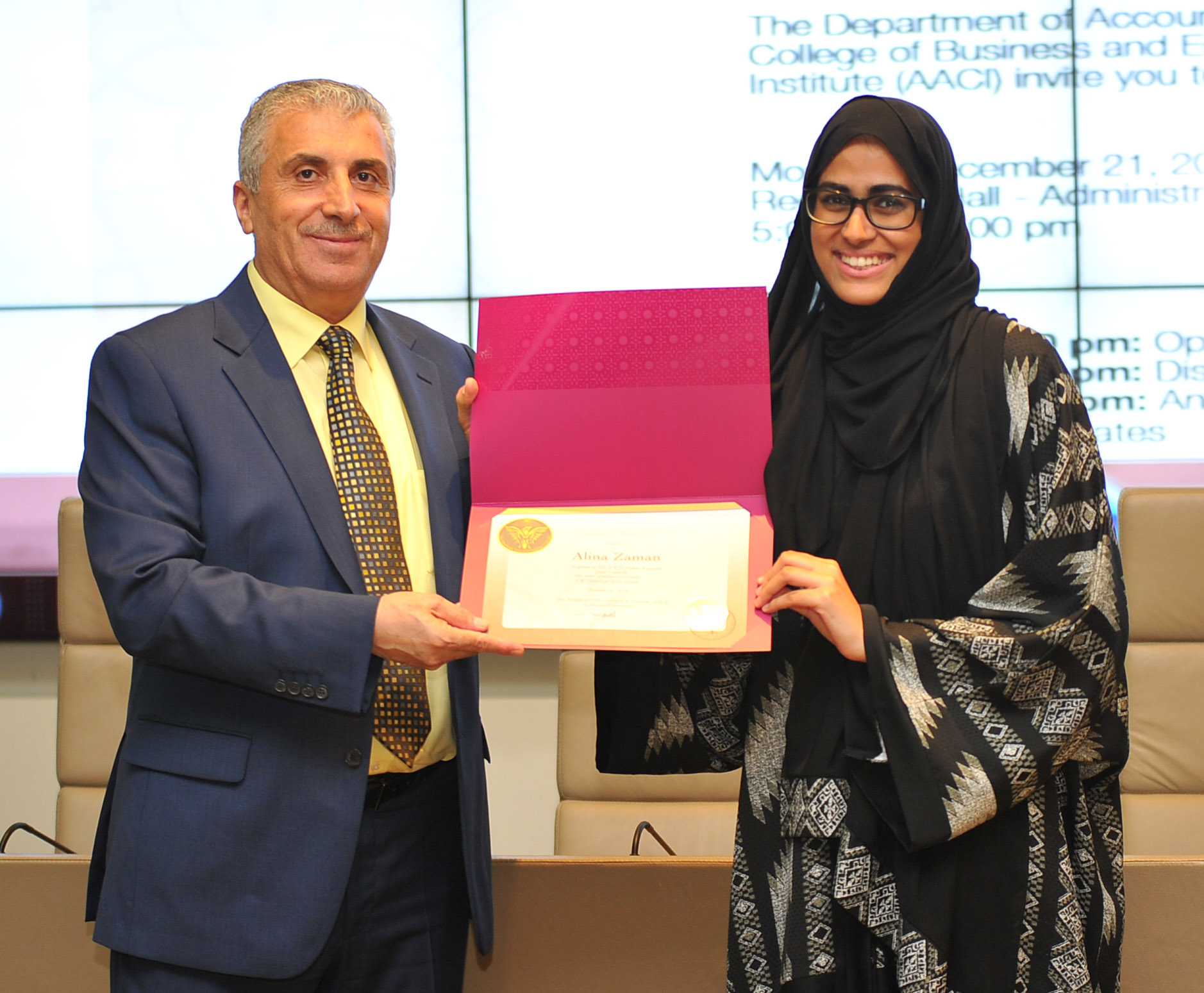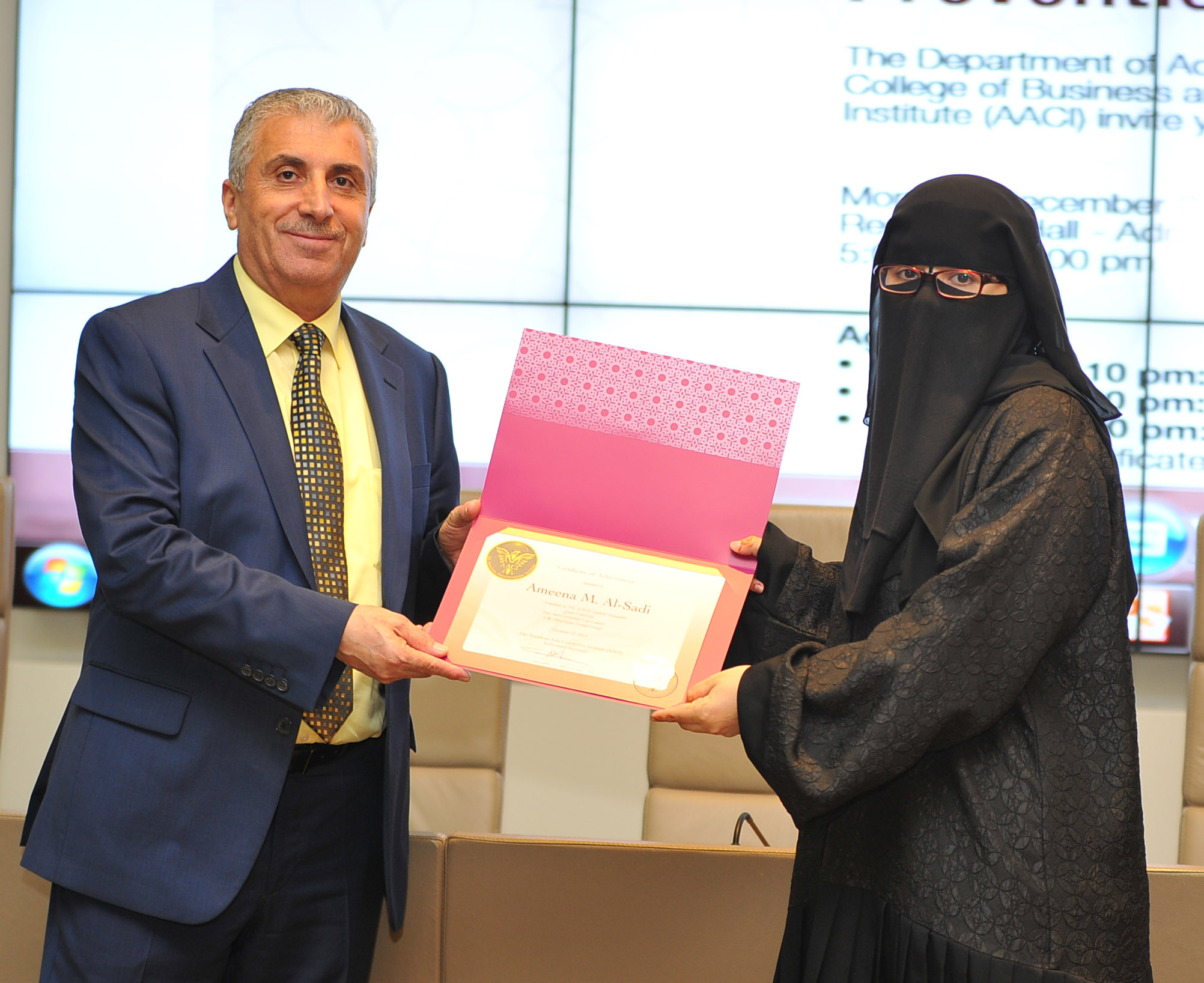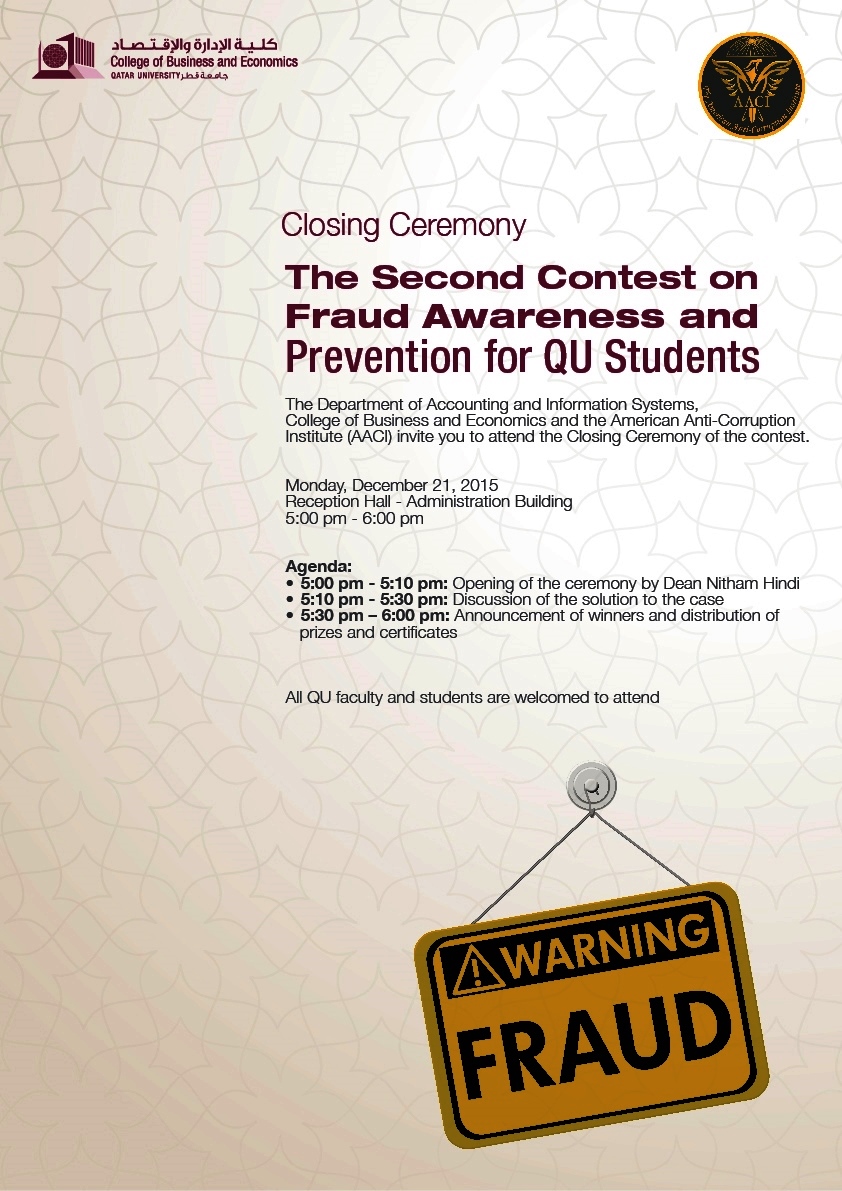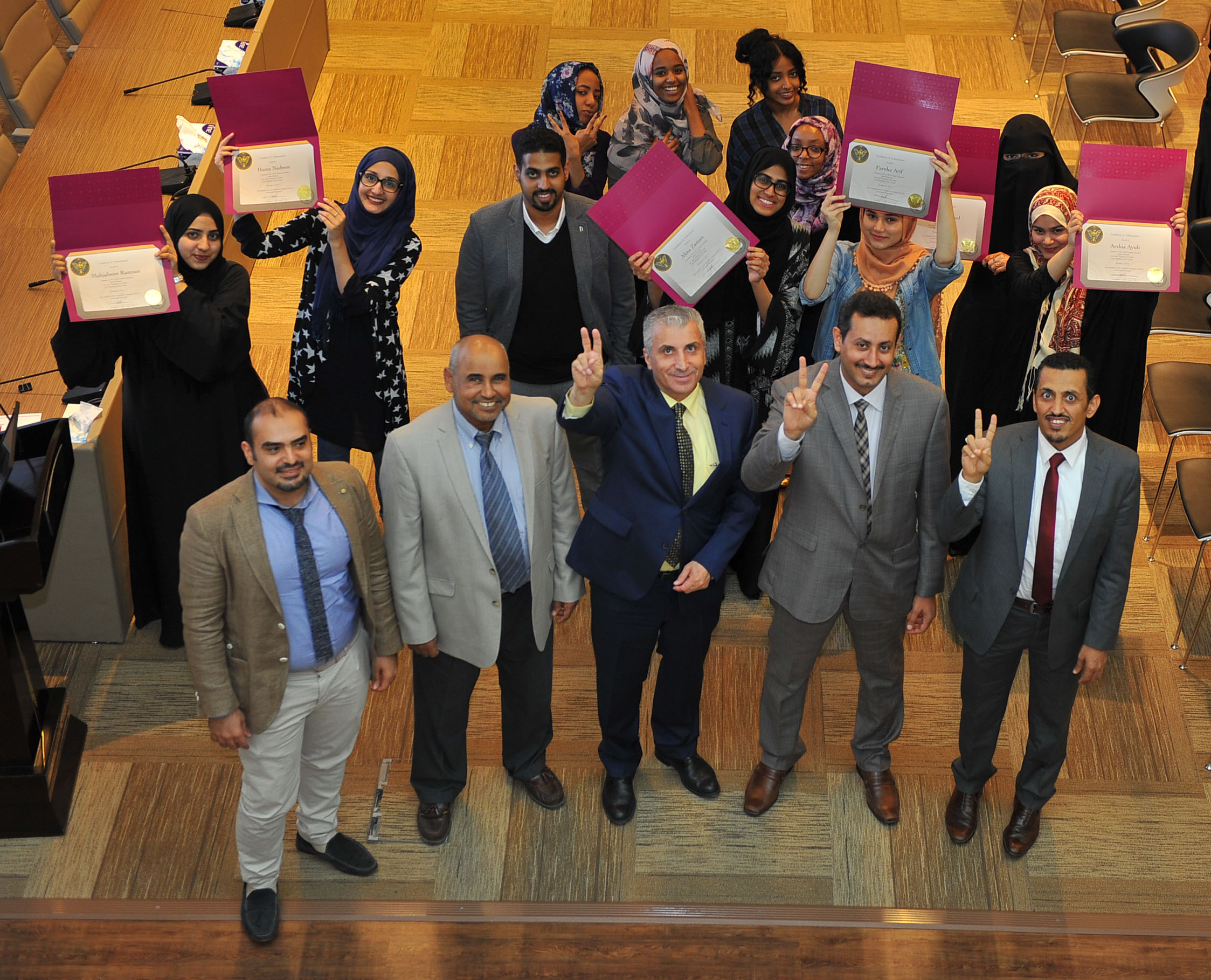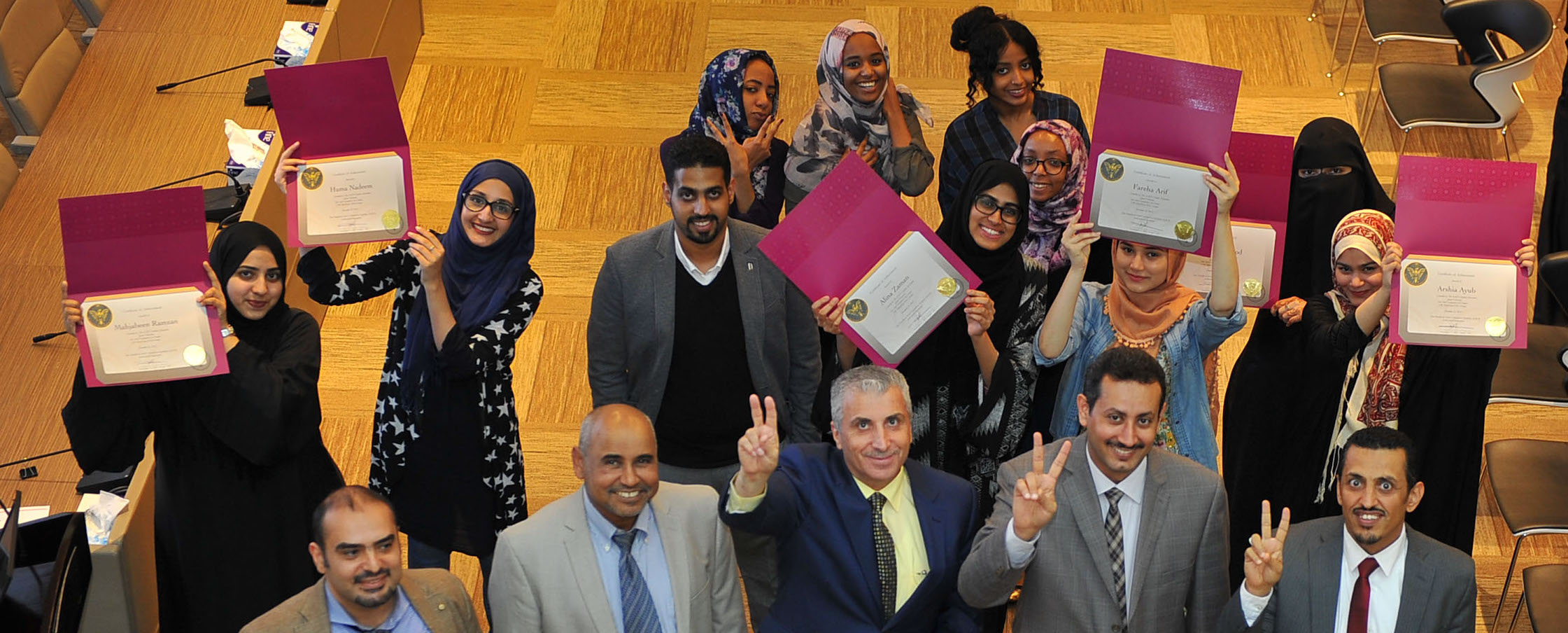Technical Staff
January 29, 2024
Corruption is a global problem that undermines development, democracy, and human rights. It erodes trust in public institutions, wastes scarce resources, and distorts markets. It also fuels inequality, violence, and instability.
According to the World Bank and other reliable sources, corruption costs the world economy more than $5 trillion annually, or 5% of global GDP [1]. Moreover, corruption disproportionately affects the poor and vulnerable, who are often denied access to basic services, opportunities, and justice.
How can we tackle this complex and pervasive challenge? There is no one-size-fits-all solution, but there are some key principles that can guide us in our efforts to curb corruption and promote integrity.
The American Anti-Corruption Institute (AACI) has developed the Ten Principles of Fighting Corruption [2], based on extensive research and best practices worldwide. These principles provide a comprehensive and holistic framework to address the root causes and consequences of corruption, as well as the enabling factors and incentives that facilitate or deter it.

The Ten Principles of Fighting Corruption are:
1. The pervasiveness of the rule of law
This means that the government and citizens are bound by and abide by the law, which is publicly known, equally enforced, and independently adjudicated. The rule of law enhances predictability, certainty, and security, and protects people’s rights and freedoms.
2. Effective internal control
This means that organizations have policies, procedures, and systems that ensure the proper management of resources, the prevention and detection of fraud and errors, and compliance with laws and regulations. Effective internal control also fosters a culture of ethics and accountability within organizations.
3. Effective and good governance
This means that public officials exercise their authority in a transparent, accountable, and participatory manner and that they serve the public interest and respect human rights. Effective and good governance also involves overseeing and scrutinizing public institutions by independent and diverse actors, such as civil society, media, and academia.
4. Independent and effective judiciary
This means that the judicial system is impartial, competent, and accessible and that it delivers justice in a timely and fair manner. An independent and effective judiciary upholds the rule of law, safeguards the rights of citizens, and acts as a check and balance on the executive and legislative branches of government.
5. Power and accountability
This means that public officials are held responsible for their actions and decisions and that they face consequences for any misconduct or abuse of power. Power and accountability also imply that citizens have the right and ability to demand and obtain information, explanations, and redress from public authorities.
6. Investment in corruption prevention
This means that resources are allocated and used to prevent and reduce the opportunities and incentives for corruption, rather than to react and respond to it. Investment in corruption prevention also entails the promotion of education, awareness, and capacity building on anti-corruption issues among all stakeholders.
7. Quantification of corruption exposure
This means that the extent and impact of corruption are measured and monitored using reliable and valid indicators and methods. Quantification of corruption exposure also helps to identify the most vulnerable and affected sectors, regions, and groups, and to evaluate the effectiveness and efficiency of anti-corruption interventions.
8. Certainty of punishment
This means that corruption offenses are investigated and prosecuted swiftly and rigorously and that the perpetrators are sanctioned in proportion to the gravity of their crimes. Certainty of punishment also deters potential offenders and signals the seriousness and commitment of the authorities to fight corruption.
9. No statute of limitations
This means that corruption offenses are not subject to any time limit or expiration date and that they can be prosecuted and punished regardless of when they occurred. No statute of limitations also ensures that justice is not denied or delayed, and that impunity is not tolerated or rewarded.
10. Rewarding corruption fighters
This means that individuals and organizations that expose, resist, or combat corruption are recognized and supported and that they are protected from any retaliation or reprisal. Rewarding corruption fighters also encourages and motivates others to join the anti-corruption movement and to act with integrity and courage.
These ten principles are interrelated and mutually reinforcing, and they apply to all levels and sectors of society. They are not prescriptive or rigid, but rather flexible and adaptable to different contexts and situations. They are also not exhaustive or exclusive, but rather complementary and inclusive of other relevant principles and standards.
By adopting and implementing these ten principles, we can make significant and sustainable progress in the fight against corruption. We can also create a more just, equitable, and prosperous world for ourselves and future generations.
If you want to learn more about the Ten Principles of Fighting Corruption and the Standards on Fighting Corruption (SFC) by The AACI, click on the linked text or visit The AACI membership portal at theaaci.net.
References and Sources
[1] Global gross domestic product (GDP) at current prices from 1985 to 2028, Global GDP 1985-2028 | Statista, accessed on January 28, 2024
[2] Exam Unit, The American Anti-Corruption Institute (AACI), The Ten Principles of Fighting Corruption, https://www.theaaci.net/Principles-of-Fighting-Corruption
Photo by Oday Hazeem: https://www.pexels.com/photo/sand-field-106606/
